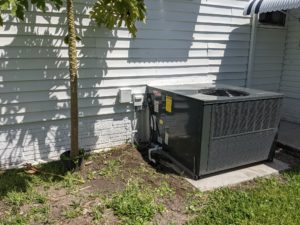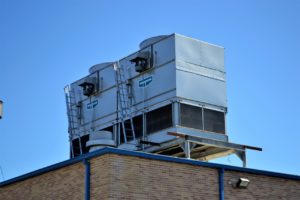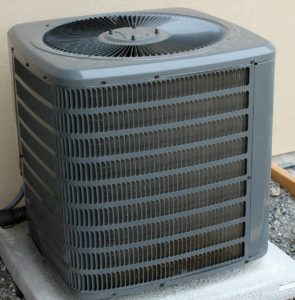
How to Choose the Right Company for Your AC Installation
How to Choose the Right Company for Your AC Installation If you’re in the market for a new air conditioning system, choosing the right company

The comfort of a home is greatly influenced by the heating, ventilation, and air conditioning (HVAC) systems, which supply heat in the winter and cool air in the summer. But choosing the right HVAC system for your house can be difficult given the variety of options available. We’ll discuss the most popular HVAC system types in this article, along with some of their benefits and drawbacks.
The most popular type of cooling system in the US is central air conditioning, which employs a system of ducts to circulate cool air throughout the house. Although they demand a substantial upfront investment, these systems provide the best energy efficiency and cooling capacity.
Depending on the season, heat pumps are a sort of HVAC system that may both heat and cool a house. They function by transporting heat from indoors to outdoors, and they perform best in mild conditions.
The most popular type of heating system in the US, furnaces heat air that is dispersed throughout the house by ductwork and powered by natural gas, propane, or oil.
Ductless systems are a type of HVAC system that uses an outdoor unit and indoor air handlers to distribute cool or warm air directly into individual rooms. They’re often used in homes without existing ductwork, or in rooms that require additional heating or cooling.
Choosing the right HVAC system for your home can be a daunting task, but understanding the different types of systems and their pros and cons can make the decision easier. Consider factors such as your home’s size, climate, and budget to determine which system is right for you. Don’t hesitate to consult with a professional HVAC technician for additional guidance and advice.

How to Choose the Right Company for Your AC Installation If you’re in the market for a new air conditioning system, choosing the right company
Todo lo que necesita saber sobre los Capacitaores de Aire acondicionado English Cuando se trata de sistemas de aire acondicionado, hay varios componentes que trabajan

La importancia de encontrar lainstalacion de aire acondicionado adecuada cerca de usted English Cuando se trata de instalar un nuevo sistema de aire acondicionado en

Sistemas de calefacción, ventilación y aire acondicionado (HVAC) English La comodidad de una casa está muy influenciada por los sistemas de calefacción, ventilación y aire